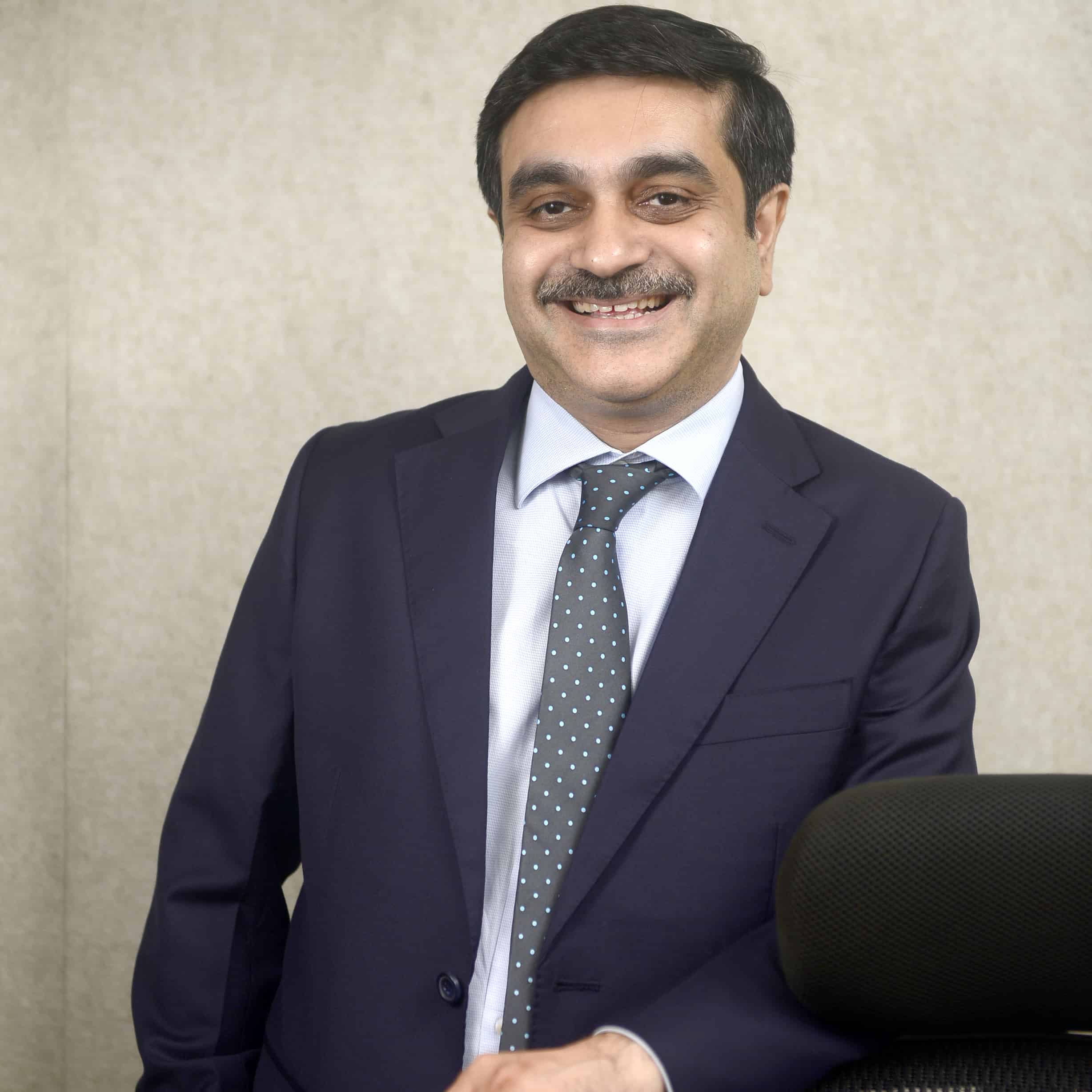Wealth Management in India is now completing nearly two decades in its current avatar. What started as distribution of mutual funds and insurance by Indian private sector banks, is now one of the largest sub-sectors in Indian financial services, catering to multiple client needs including investment, protection, credit, estate planning and corporate advisory.

The last 24 months, however, have been challenging for the industry. What started off in early 2018 with weakness in equity markets, spilled over to debt markets with the default of IL&FS in September 2018. The contagion spread through to 2019 with credit issues surfacing across several issuers. India’s economic growth continued to remain sluggish through this period, hurting investor sentiment further. During this period, the Indian regulatory landscape also underwent pivotal structural changes which are beneficial for the industry in the long-term, creating robustness and transparency. However, in the short-term, such changes can seem to be unsettling.
Putting it simply, while Indian wealth management firms were trying to deal with client expectations in a challenging environment, they also had to cater to tweaking operating procedures, in line with the new regulatory framework.
It is interesting to note that the Global Financial Crisis in 2008-09 triggered a similar wave overseas. As a result, most international wealth management firms moved to a portfolio-driven approach and now have a greater proportion of their wealth management revenues coming in by way of annuity income streams. This is now seen in India as well with clients seeking to move towards greater personal focus on transparency and risk management, coupled with a portfolio-driven advisory rather than a transactional engagement.
Market leaders in India are already starting to adapt to these evolving client preferences. Most large wealth management firms have clearly articulated that a portfolio advisory approach, either through Investment Advisory Services or Bespoke Multi Asset Class – Multi Manager solutions, are going to be the future. Clearly, the wealth management industry is witnessing two clear trends emerge.

The Advisory Approach
Traditional wealth management, which was largely focused on distribution of financial products, is witnessing a transformation to a more advisory focused consultative process. Moving away from being transactional allows stakeholders i.e. both the investor and the advisor, to focus on the larger picture. A portfolio driven approach eventually leads to more rigor and discipline in the investment process, which ultimately increases the likelihood of meeting investment objectives.
Market leaders are introducing bespoke Multi Asset Class – Multi Manager Solutions, either through PMS or AIF vehicles, aimed at simplifying investor experience. These solutions are aimed at providing investors with uniformity of advice, coupled with an institutional overlay on investment processes and risk management. Furthermore, firms are also clearly outlining the Total Expense Ratio or TER to investors, in order to bring in greater transparency.
Digitization
Wealth management in India is in early stages of digitization, with multiple innovations being launched by fintech start-ups, financial institutions and Internet platforms. 24/7 digital delivery, compliance, contextual relevance and transparency on fees – are now also driving changes at a faster pace than ever before.
New age Fintech firms have been able to set new benchmarks in client engagement, with interactive web and mobile interfaces, which are easy to use, providing customer with the option to experience wealth management as a subscription based service akin to Amazon Prime and Netflix.
Traditional firms too, despite pressure on revenues, have not shied away from investing in technology – both client facing and backend – to improve client experience and streamline processes.
The current change in industry dynamics is bound to change the Indian wealth management landscape over the next decade. The industry may witness further consolidation, with smaller fringe players who are unable to adapt, being merged with larger incumbents who will continue to shore up their annuity revenue streams.
What is clear though, is that these changes will benefit investors across segments. More options, simpler investment processes and transparency through digital platforms, will allow investors to be in a far better position to meet their investment objectives.
This turn, will help the industry grow at a faster pace.
Sponsored By:




